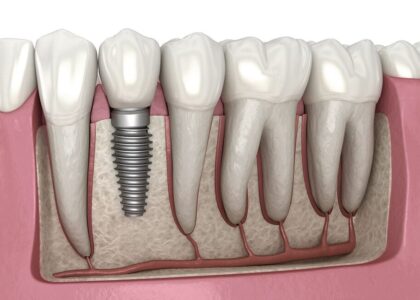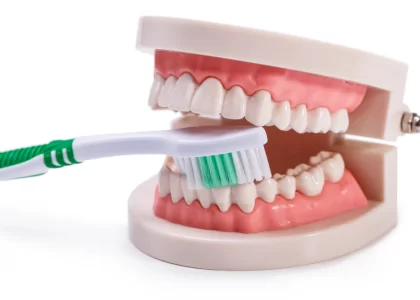Stomach ulcers, or peptic ulcers, are open sores that form on the inner lining of the stomach. They often result from prolonged use of nonsteroidal anti-inflammatory drugs (NSAIDs) or infection with Helicobacter pylori bacteria. Diagnosing these ulcers accurately and early is critical to avoid serious complications such as bleeding or perforation. One of the most effective diagnostic tools for this purpose is upper endoscopy in Baltimore—a minimally invasive procedure that allows physicians to examine the upper digestive tract in detail.
This diagnostic method not only confirms the presence of ulcers but also helps determine their severity and exact location, enabling targeted treatment and quicker relief for patients.
How Upper Endoscopy Detects Stomach Ulcers
During the procedure, a thin, flexible tube with a light and camera (endoscope) is passed through the mouth into the esophagus, stomach, and the beginning of the small intestine. The live images provide a clear view of the gastrointestinal lining, helping the physician identify inflammation, bleeding, or ulceration.
Upper endoscopy is often recommended when patients experience symptoms such as persistent abdominal pain, nausea, bloating, or unexplained weight loss. It’s also used when other non-invasive tests suggest the presence of ulcers, but further confirmation is required.
What to Expect Before and After the Procedure
Preparing for an upper endoscopy typically involves fasting for several hours beforehand to ensure the stomach is empty. The procedure itself is usually done under mild sedation and lasts less than 30 minutes.
Post-procedure care is crucial for comfort and recovery. Choosing optimal foods to eat after upper endoscopy can help minimize discomfort and promote healing. Soft, non-acidic foods that are easy to digest are often recommended, and patients are advised to avoid hot, spicy, or fatty meals for at least 24 hours.
Understanding Related Abdominal Symptoms
While upper endoscopy focuses on the upper GI tract, it’s important to recognize that other abdominal issues may coexist or mimic ulcer symptoms. Swelling, pain, or unusual digestive patterns can sometimes point to additional conditions that require attention.
Gaining insight into umbilical hernia allows patients to ask informed questions during their consultation. This comprehensive understanding can guide physicians in selecting the most appropriate diagnostic and treatment path.
Benefits Beyond Diagnosis
Beyond identifying ulcers, upper endoscopy allows for immediate intervention when needed. For example, if bleeding is detected, the physician can apply treatments such as cauterization or medication during the procedure. Biopsies can also be taken to rule out malignancies or test for bacterial infections.
This makes endoscopy not just a diagnostic tool, but also a therapeutic one, reducing the need for multiple appointments or invasive exploratory surgery.
Conclusion
Timely and accurate detection is key to managing stomach ulcers effectively, and upper endoscopy remains the gold standard in gastrointestinal diagnostics. With its ability to deliver real-time visuals, enable immediate treatment, and reduce patient discomfort, it offers a safe and effective pathway to better digestive health. When symptoms persist or escalate, trusting in a structured diagnostic process is a vital step toward long-term relief and recovery.






